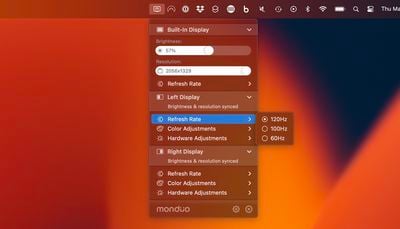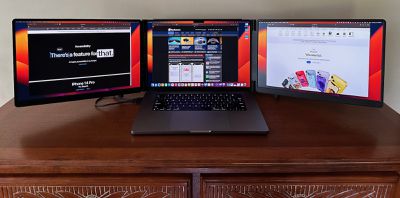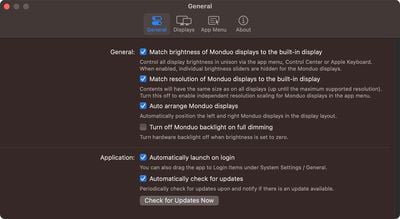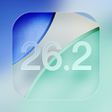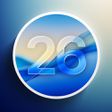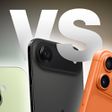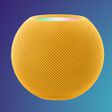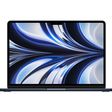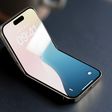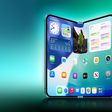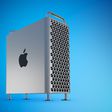This week saw a good mix of Apple news and rumors including the release of iOS 16.5 and related software updates, as well as the Beats Studio Buds + earphones and an early announcement of upcoming accessibility features from Apple.
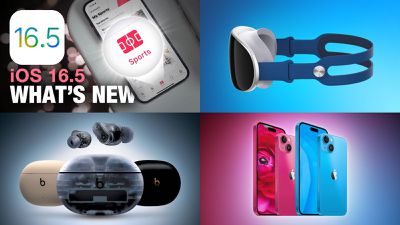
On the rumor front, we heard a bit more about what we should expect to see with the iPhone 15 lineup and the M3 family of Mac and iPad chips coming later this year, but the biggest focus of attention in the lead-up to WWDC in a few weeks is the Apple headset, so read on for all the details on these stories and more!
Apple Releases iOS 16.5 and iPadOS 16.5 With Sports Tab in Apple News, Bug Fixes and More
After almost two months of beta testing, Apple this week released iOS 16.5 to the public, bringing some sports-related enhancements to Apple News, a new Pride Celebration wallpaper, and several bug fixes.
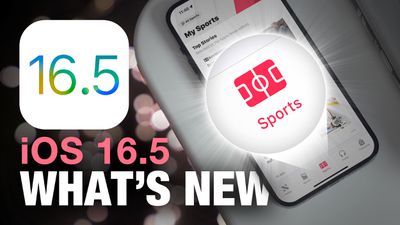
It's a relatively minor update as iOS 16 work winds down ahead of the iOS 17 introduction at WWDC next month, but we'll be seeing at least one more iOS 16 update to tide us over to the public release of iOS 17 in September as Apple has seeded initial betas of iOS 16.6 and related updates for testing.
Alongside iOS 16.5 and iPadOS 16.5, we also saw the releases of macOS Ventura 13.4, watchOS 9.5, tvOS 16.5 with multiview for MLB and MLS, and HomePod software version 16.5.
Apple Headset's Capabilities Said to 'Far Exceed' Those of Rival Devices
With an introduction at WWDC coming up in just a few weeks, rumors about Apple's AR/VR headset are flying about, with a recent report from The Wall Street Journal claiming its capabilities will "far exceed" those of rival devices.
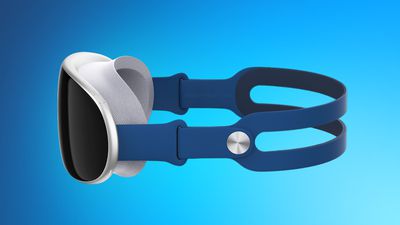 Apple headset mockup by designer Ian Zelbo
Apple headset mockup by designer Ian ZelboOther reports are more cautious, however, with Bloomberg reporting that key Apple executives including Tim Cook and Craig Federighi have largely kept their distance from the product during its development, calling into question whether Apple itself is fully behind it.
Beats Studio Buds + Deliver Improved Performance and a Transparent Design Option for $169.99
In one of the poorest-kept secrets that has seen multiple leaks over the past couple of months, Apple's Beats brand this week introduced the Beats Studio Buds + earphones.
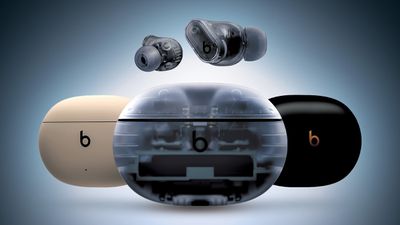
The new $170 earphones offer improved performance, better battery life, and an eye-catching new Transparent color option compared to their predecessors. They're available now in the U.S., Canada, and China, with launches in other countries to follow in the coming months.
iPhone 15 and iPhone 15 Plus Rumored to Feature 48-Megapixel Camera Like Pro Models
While the iPhone 14 Pro and Pro Max received an upgraded 48-megapixel Main camera last year, the lower-cost iPhone 14 and 14 Plus did not get the same upgrade. It looks like those cheaper options may catch up this year, however, as a new report claims the iPhone 15 and 15 Plus will get that 48-megapixel camera.
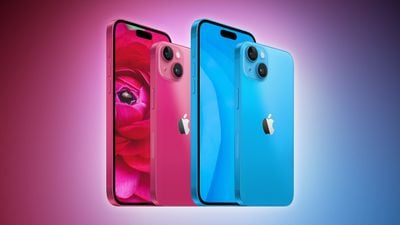
As for the iPhone 15 Pro and Pro Max, those devices may be seeing a rearranged rear camera layout to accommodate the higher-zoom periscope camera that will be exclusive to the iPhone 15 Pro Max.
Apple Testing 'M3 Pro' Chip for MacBook Pro With 12-Core CPU and 18-Core GPU
Apple's next-generation M3 chips for the Mac and iPad aren't coming until later this year, but Bloomberg's Mark Gurman has shared some details on what to expect for the "M3 Pro" chip that will likely make its way into the 14-inch and 16-inch MacBook Pro and other devices.
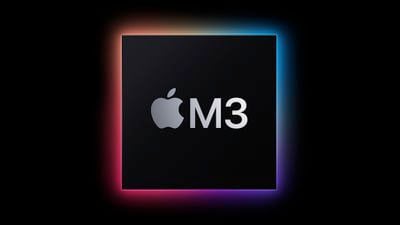
According to Gurman, the M3 Pro will feature a 12-core CPU, an 18-core GPU, and up to 36 GB of memory. That's up from a 10-core CPU, 16-core CPU, and up to 32 GB of memory on the current M2 Pro chip.
Apple Previews iOS 17 Accessibility Features Ahead of WWDC
Apple this week previewed a wide range of new accessibility features for the iPhone, iPad, and Mac that are set to arrive later this year, presumably as part of iOS 17 and macOS 14.
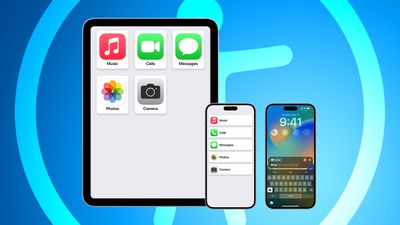
New features include Assistive Access to distill iPhone and iPad apps to their core features for the ultimate in interface simplicity, Point and Speak in the Magnifier app to automatically read text labels from the real-world aloud as the user points to them, Personal Voice to allow those at risk of losing their ability to speak to create a digital voice that sounds like them, and much more.
MacRumors Newsletter
Each week, we publish an email newsletter like this highlighting the top Apple stories, making it a great way to get a bite-sized recap of the week hitting all of the major topics we've covered and tying together related stories for a big-picture view.
So if you want to have top stories like the above recap delivered to your email inbox each week, subscribe to our newsletter!


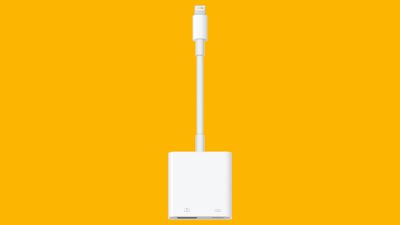
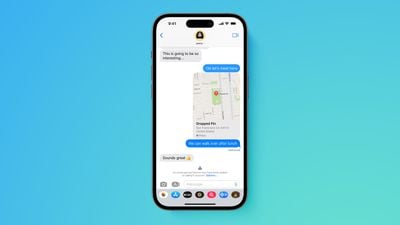
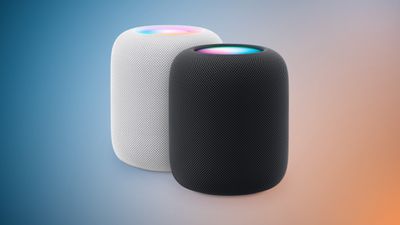
 Note: MacRumors is an affiliate partner with some of these vendors. When you click a link and make a purchase, we may receive a small payment, which helps us keep the site running.
Note: MacRumors is an affiliate partner with some of these vendors. When you click a link and make a purchase, we may receive a small payment, which helps us keep the site running.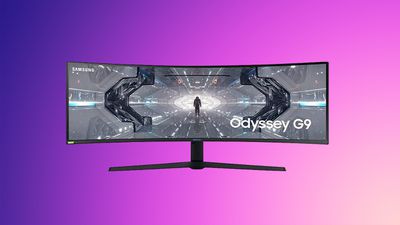
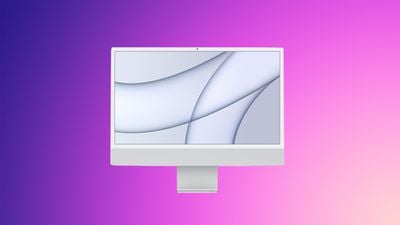
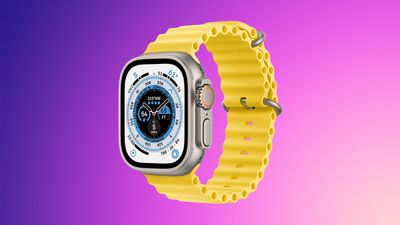
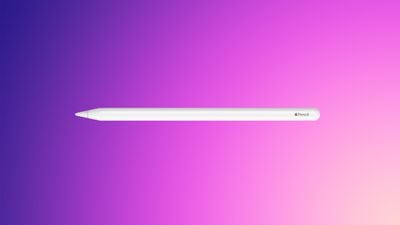
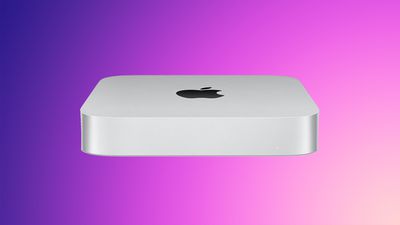
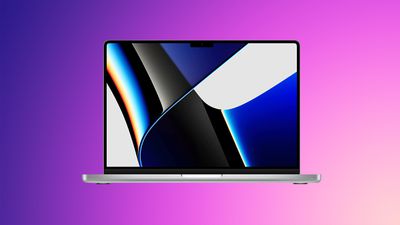
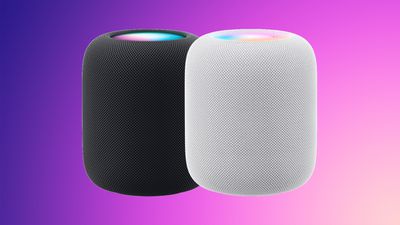
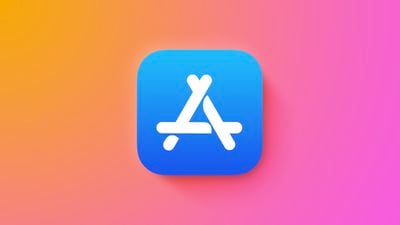
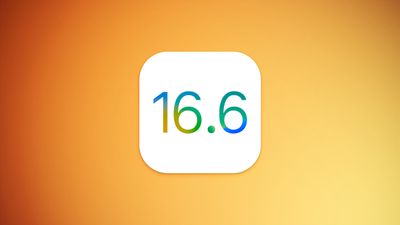
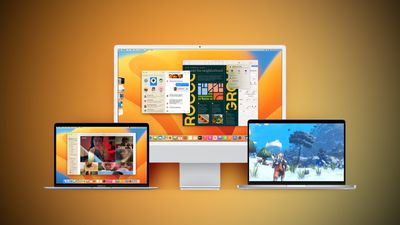
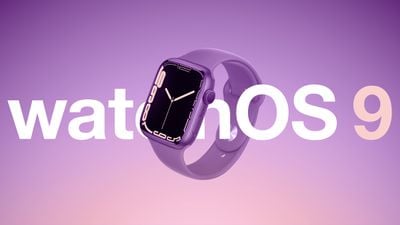
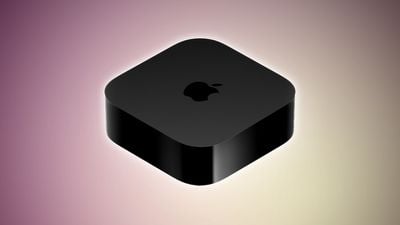
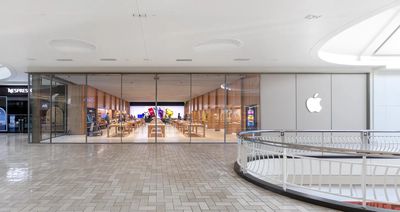

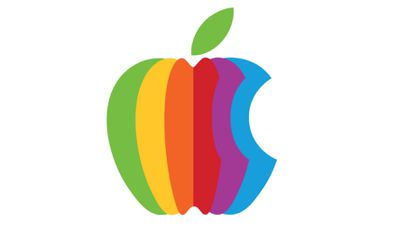
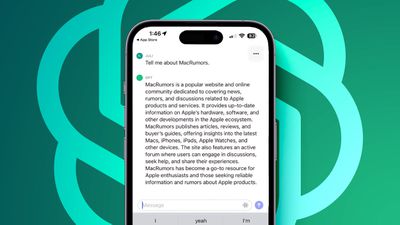
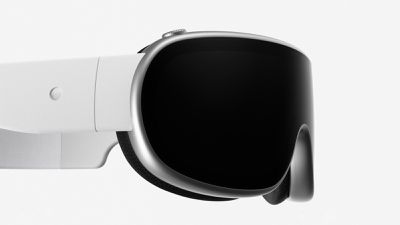 Apple headset concept by
Apple headset concept by 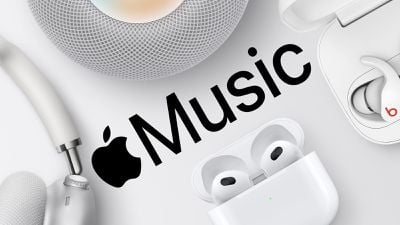
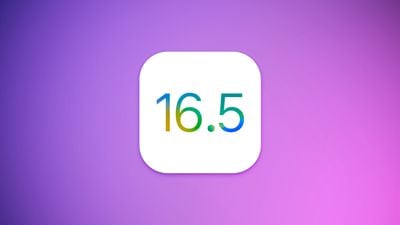
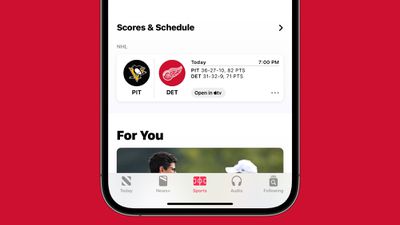
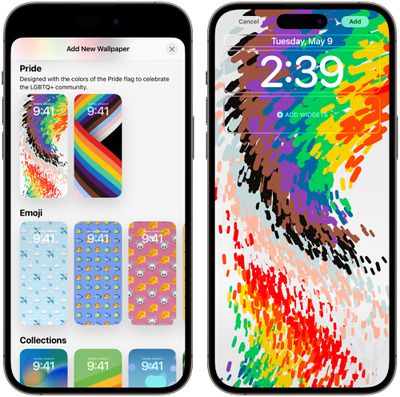
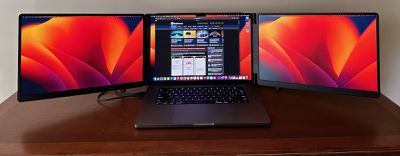
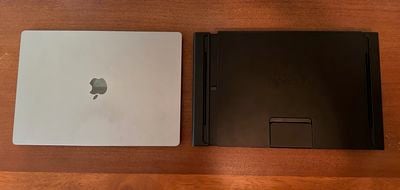
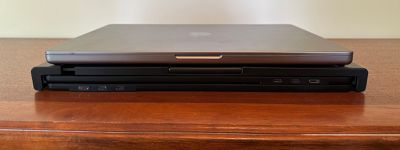
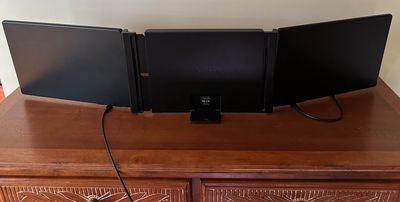
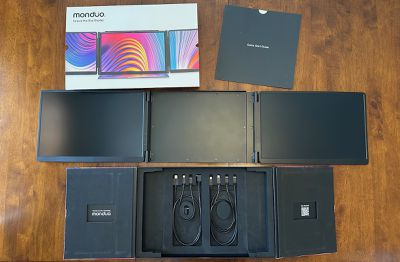 Unpacking the Pro Duo
Unpacking the Pro Duo